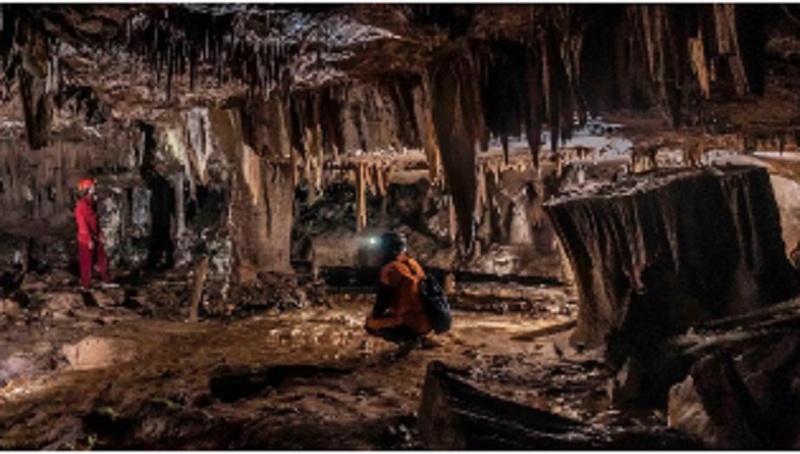Shillong: The Permanent Delegation of India to UNESCO has announced that seven properties in India have been added to the Tentative List of UNESCO’s World Heritage Convention.
Two natural sites from Northeast India — the Meghalayan Age Caves in Meghalaya and the Naga Hill Ophiolite in Nagaland — have been added to India’s Tentative List of the UNESCO World Heritage Convention.
Both nominations were formally submitted by the Permanent Delegation of India to UNESCO, marking a significant step towards potential inclusion in the prestigious World Heritage List.
Announcing the development in a post on X, the Permanent Delegation of India to UNESCO said the addition of these properties highlights India’s “commitment to the preservation and conversation of its rich cultural heritage”.
The sites showcase two unique aspects of the region’s heritage: the Ophiolite belt, a rare geological formation that provides insight into the Earth’s tectonic past, and the caves, which serve as a record of the Meghalayan Age, a geological period that began approximately 4,200 years ago.
With these new inclusions, the Northeast now has a total of eight properties on India’s Tentative List.
The other five newly listed properties include Deccan Traps at Panchgani and Mahabaleshwar, Geological Heritage of St Mary’s Island Cluster (Udupi), Natural Heritage of Tirumala Hills (Tirupati), Erra Matti Dibbalu formations (Visakhapatnam) and Varkala cliffs.
ALSO READ: Exercise ‘Maitree’ wraps up: India, Thailand enhance counter-terror synergy
With this update, India now has 69 sites on the Tentative List comprising 49 cultural, 3 mixed, and 17 natural properties.
The inclusion on the Tentative List is a prerequisite for any property seeking formal recognition on the World Heritage List.
The delegation also credited the Archaeological Survey of India (ASI) for its role in preparing the submissions.















